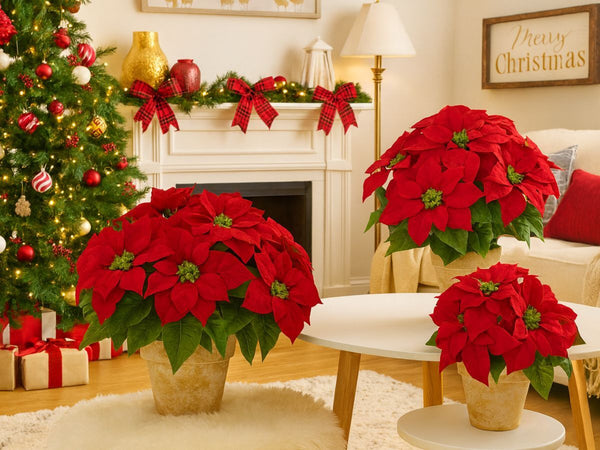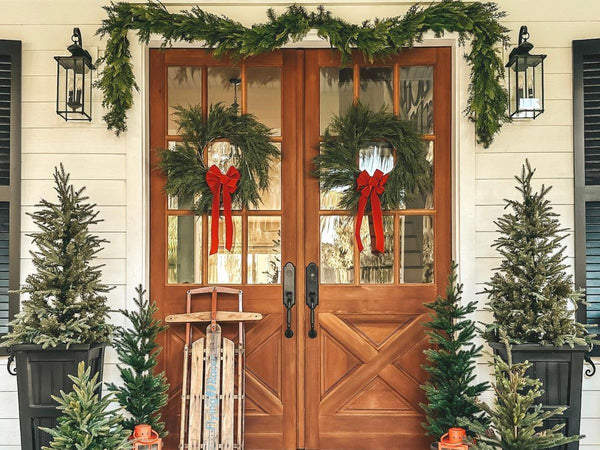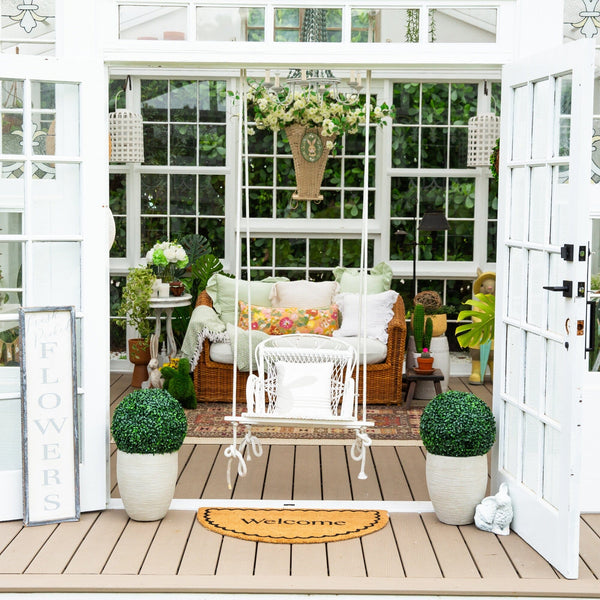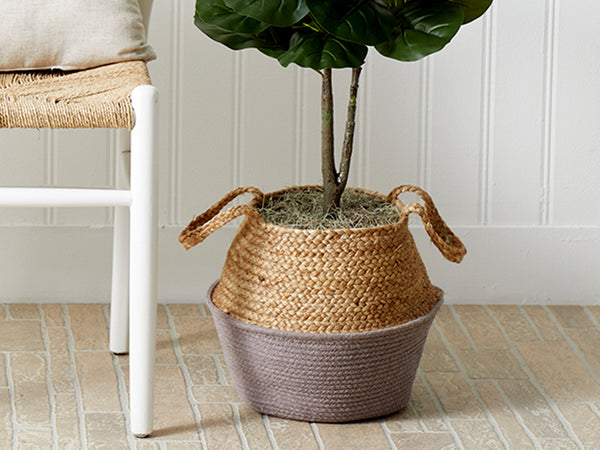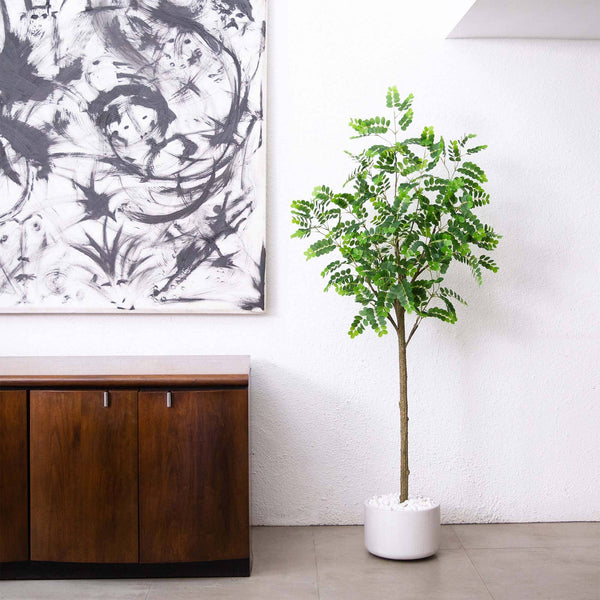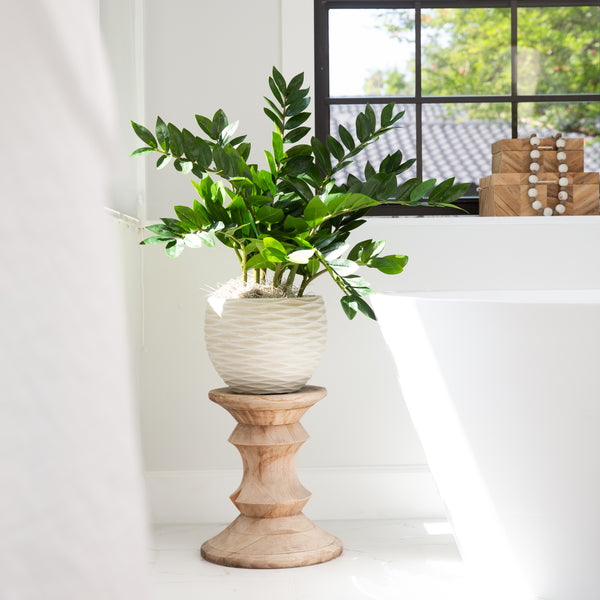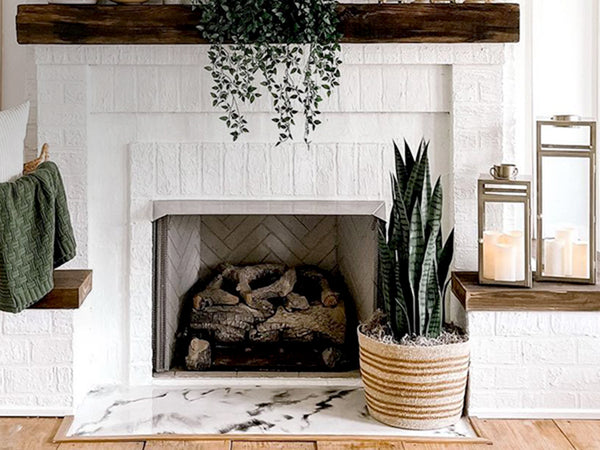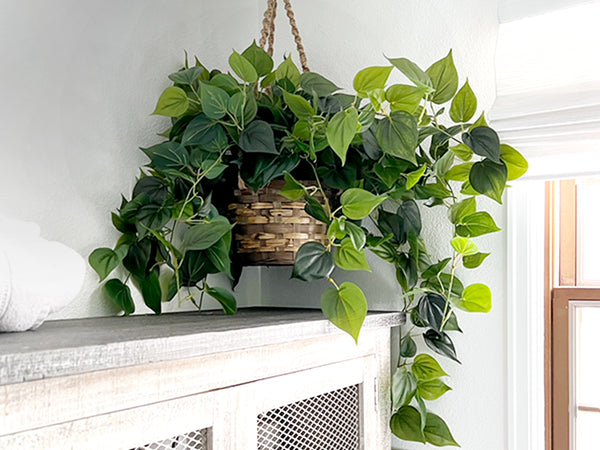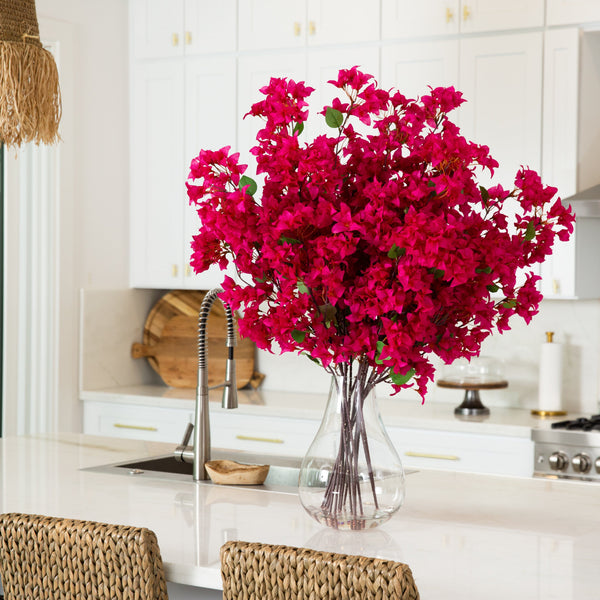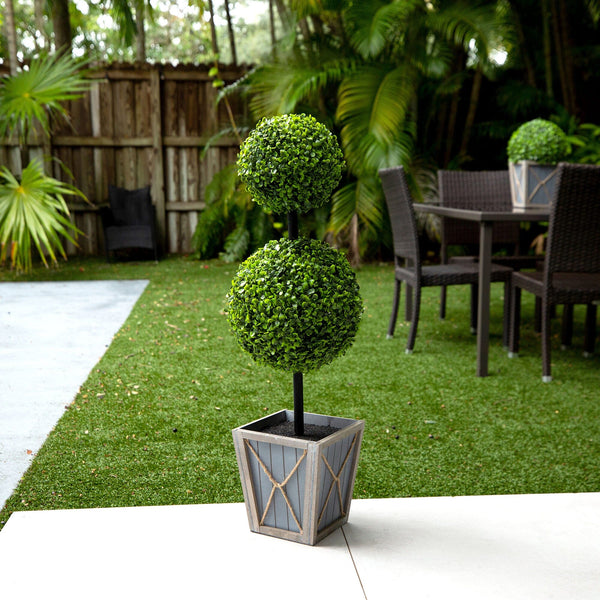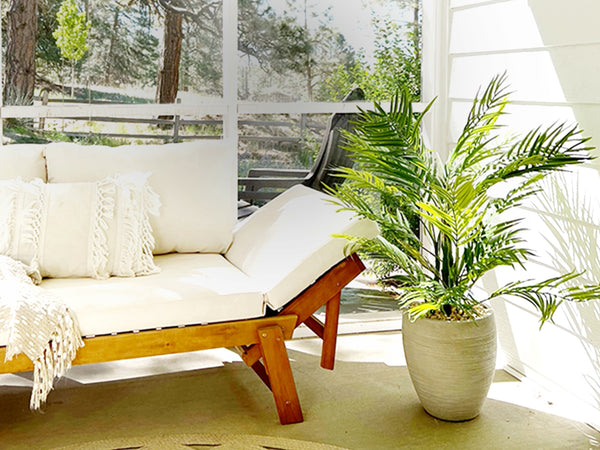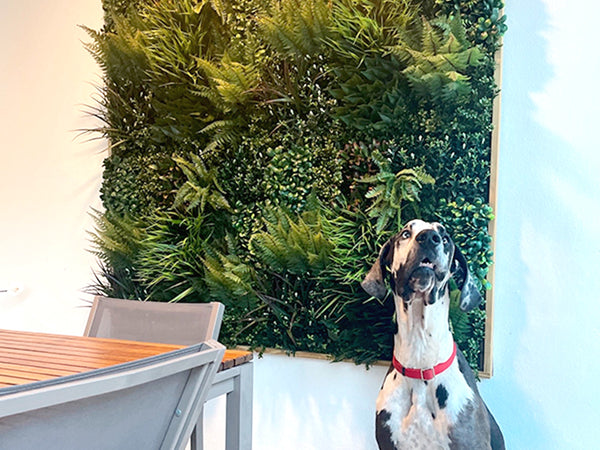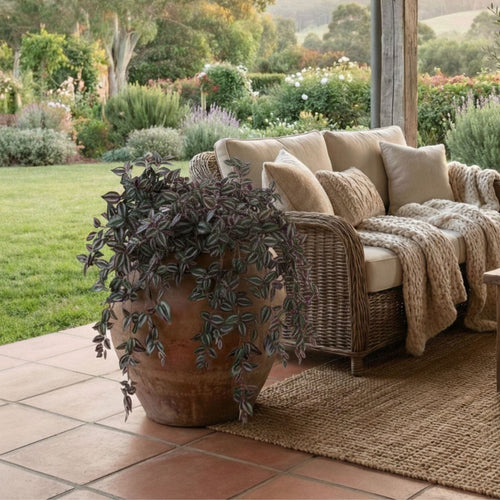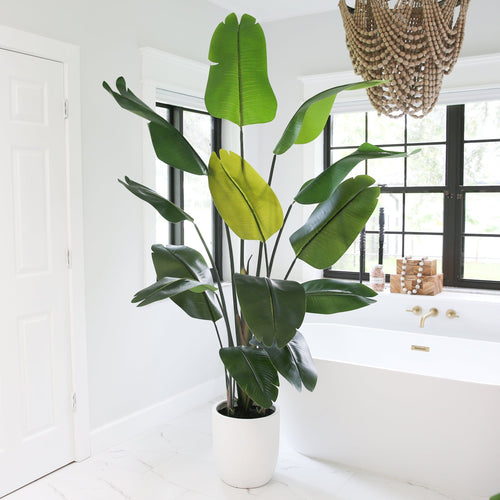A Quick History of Artificial Plants and Where They Came From
Camellia GreenWith a new year (and decade!) now upon us, it’s quite fitting to reflect on one’s past for one can never truly move into the future without knowing one’s history. That being said, today we’re traveling back through time and diving into a brief history of artificial plants and silk flowers and what better way to begin than in the place where it all began….

While it might not come as a surprise to most of you, most of the world’s supply of artificial plants comes from China because according to historians, China is where it all began - with the invention of procuring silk from silkworms. At the very beginning, the process for silk-making was a lot more extensive than it is today and for several reasons; that’s because originally, more than three thousand years ago, silkworm rearing was contrived in order to provide the softest, luxurious silks. However, what you may not realize and that often comes as a shock to most, is that silkworms (the larva of silk moths) are 100 per cent completely dependent on mankind - from their reproduction to their own survival. In fact, they cannot survive in the natural word without the aid of humans; from rearing to feeding.
Now, what you may be wondering is how and why the Chinese came up with the knowledge that these flightless bugs could produce such fine materials. Legend has it that Leizu, wife of the Yellow Emperor in the year of 2696BC was having tea in her Imperial Gardens when a silk moth’s cocoon fell into her cup of tea and began to unravel. Noticing that the cocoon was made from a single long yet incredibly soft thread, the idea of fabricating a type of textile from these materials was born. For centuries, the Chinese would master and perfect the elaborate process for reproducing fine silks. Once the material was created (by the larva) and then spun into cloth, it was constructed into fine, lavish garments that was exclusive to the higher class as an important reminder of one’s status symbol.

Fast forward 1,500 years and the Chinese would begin to expertly use these luxurious fabrics to create their own version of artificial flowers - which were obviously enjoyed by those who held rank and power. Mastering this skill, they would use these textiles to create over-the-top flower arrangements. Shortly thereafter ladies of the Imperial Palace would be depicted throughout history with ornamental silk flowers in their hair. And while the Chinese used this craft as a sort of artistic expression, it wouldn’t be until centuries later that silk flower-making would boom into a lucrative industry.
When trade routes opened to the rest of East Asia, the trend would rise in favor and spread throughout the continent and beyond. But it wasn’t until the 12th century that Italian merchants would begin pilfering their own renditions of fake flowers using silkworm cocoons and dying them for trade. And while Italians were the first along the Mediterranean, France would soon follow suit, mastering their own take on creating fake flowers. By the 14th century French-made faux flowers were the go-to in silk flowers and were considered some of the most beautiful and most intricately designed. In fact, history has it that in 1775 Marie Antoinette was presented with a single, silk rosebud and fainted, claiming it was “too perfect” and idolizing it throughout history as her royal emblem.

With the help of the French Revolution, the fabrication of silk flowers would eventually trickle into England and be introduced to the Americas. It wasn’t until the Victorian Era in the late 19th century that silk flowers would come back into the spotlight. The times were marked with decadence and opulence, and with it came a need for exaggerated floral arrangements. Homes were overly done with over-the-top floral arrangements and ornamental fanfare, providing that it became a focal point in home decor. Artificial silk flowers grew in such popularity that shortly thereafter they would be specifically designed to showcase various meanings hidden throughout the designs, creating a sort of “language of flowers” that grew into cult status circulating throughout the works of milliners, bridal makers, dressmakers, and even interior decorators. While most were still being fabricated in the supple silk fabrics, artisans and craftsmen alike would start introducing new textiles like satin, crepe, and gauze to make them appear more over-the-top. By the 1920’s, even florist shops were substituting live florals with silk flowers in order to make up for seasonal shortages. Eventually this trend would evolve into fabricating other decorative accents like artificial wreaths and ornaments - including faux fruits.
In today's modern day, “silk flowers” are not designed from actual silk - only trading on its long-named reputation. Polyester and plastic are the go-to materials, which allows manufactures the ability to create something more durable and longer lasting - something that was never accomplished in the past. No more are they the tacky has-beens of yesteryears - today silk and artificial flowers are so real that they need to be touched in order to distinguish it from Mother Nature’s own; silk trees that can effortlessly transform a bare sterile environment or a stunning flower arrangement that can easily create an instant focal point without the need for maintenance. Artificial plants, flowers, and trees might have been looked down upon from professional florists and decorators as “permanent botanicals” but it’s huge advancements in the quality of fake and artificial plants that has caused a flowering (literally!) of the artificial foliage industry into a multi-billion-dollar business. Decorators and florists who have worked on elaborate displays been known to integrate fake florals mixed with living plants in order to enhance the arrangement, admitting that faux replicas can come in hand when dealing with impractical situations when living flowers/plants just won’t do.

Today faux flowers help one defy the seasons. No longer is one constrained to seasonal blooms or having to fear early wilt or discoloration; daily maintenance has been replaced with limited to no-upkeep required, eliminating the everyday needs of those that are real. In fact, some find faux counterparts a better cost investment than the real thing that they are often integrated into larger-scale decor schemes and environments like office buildings, hotels, and restaurants. Expertly detailed to reflect a natural appearance, fake plants today have seen a rise in popularity. They’ve been praised for their natural realism, versatility, and most importantly, their beauty. In addition to providing everlasting color and freshness to any environment, rest assured that Mother’s Nature’s beauty is immaculately captured in the design of our botanical beauties - so much so that we guarantee it’ll have your admirers wondering, which is it; natural or nearly natural!?!
Please note all imagery featured is purely inspiration and not a product of Nearly Natural.

